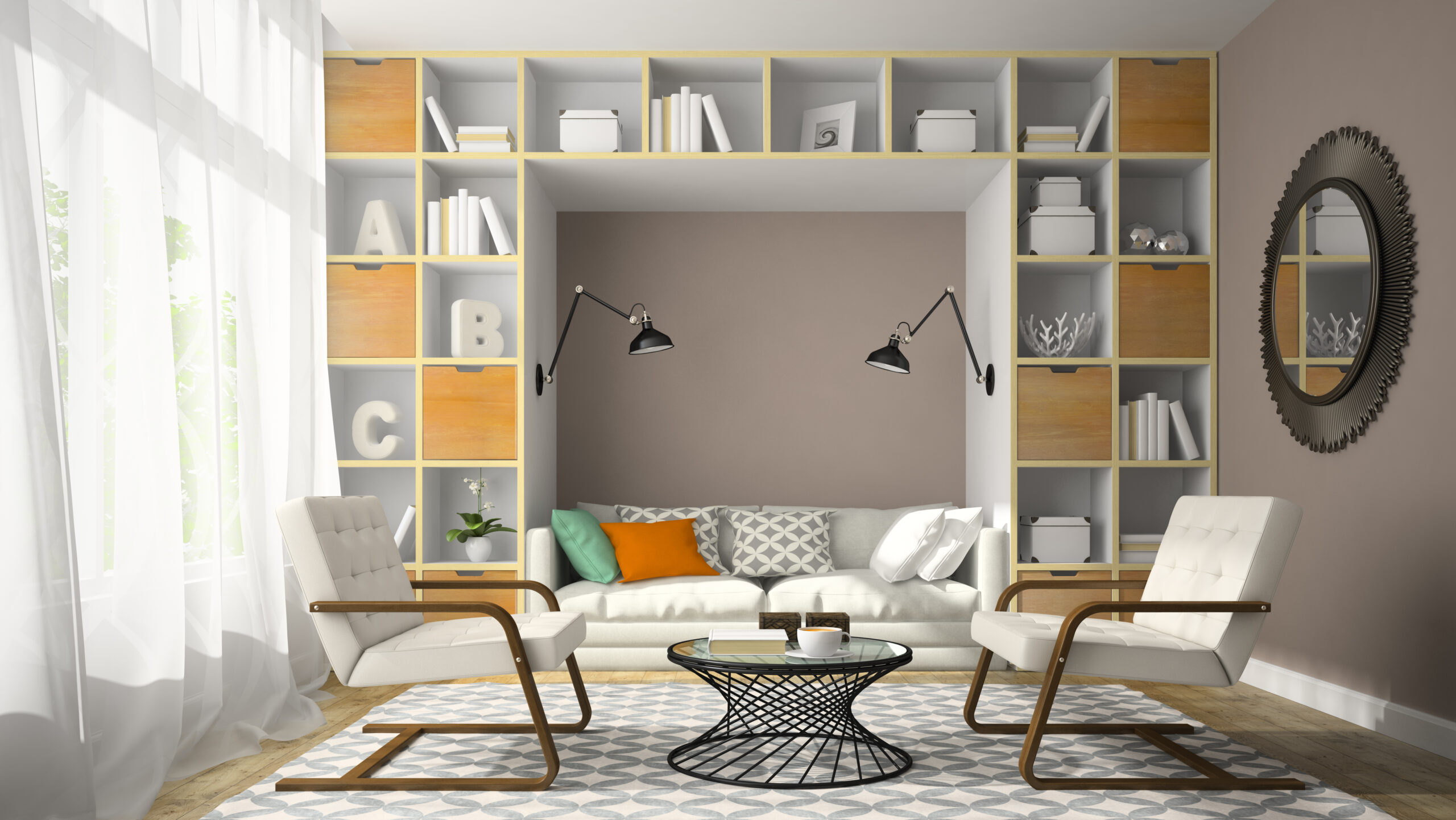
Interior Design Tips: PVC, ACP, Calcium Silicate – Which Panel Fits Your Space?
Introduction: Why Your Interior Design Project Depends on This
Selecting the right panel material can transform a simple space into something functional and appealing. With options like PVC, ACP, and calcium silicate, each brings unique qualities to interiors and exteriors. Understanding their strengths helps ensure your project meets needs for style, safety, and longevity. This guide breaks down the essentials to guide your decision.
PVC: The Versatile & Economical Choice
PVC panels offer flexibility for many uses, making them a practical pick for everyday projects.
- Flexible applications: These panels work well for interior cladding, such as walls in kitchens or bathrooms, and even as partitions in offices. Their lightweight nature allows shaping to fit curved surfaces without much effort.
- Financial benefits and installation: They keep costs low, often cheaper than other materials, and install quickly with basic tools. This means shorter project times and less labor expense, ideal for budget-conscious builds.
- Eco-friendly advances: New recycling methods have improved PVC’s sustainability, reducing waste in production. Many versions now use recycled content, supporting greener building practices in urban areas.
In places with steady demand for affordable interiors, like Mumbai’s residential developments, PVC helps balance quality and savings effectively.
ACP: The Sleek & Modern Statement
ACP panels stand out for their clean lines and adaptability, perfect for contemporary designs.
- Aesthetic versatility: With options in colors and finishes, ACP suits everything from facades to ceiling accents. Custom printing adds unique patterns, enhancing visual appeal in public or home settings.
- Performance in climates: Built to handle rain, sun, and temperature shifts, these panels resist fading and warping over time. They perform reliably outdoors, maintaining looks in varied weather.
- Safety features: Recent updates include better fire ratings, meeting strict building standards. Certifications ensure safer use in high-traffic areas like hotels or malls.
For a project needing that polished edge, ACP delivers without constant upkeep.
Calcium Silicate: The Robust & Resilient Contender
Calcium silicate panels provide solid protection, excelling where safety and quiet matter most.
- Fire and sound resistance: They hold up against high heat, slowing fire spread, and dampen noise effectively. This makes them suitable for walls in schools or hospitals.
- Handling humidity: In damp spots like basements or coastal homes, these panels fight moisture and mold growth. Their dense structure keeps interiors dry and healthy.
- Lasting value: With a long service life and little need for repairs, they offer steady performance for years. This reduces overall costs in the long run.
Choosing calcium silicate means investing in reliability for challenging environments.
Making the Right Choice: Your Project, Your Panel
Compare these materials to match your needs, focusing on key traits.
- Key properties overview:
- Cost: PVC leads are the most affordable; ACP sits in the middle; calcium silicate costs more upfront but saves later.
- Durability: All hold strong, but calcium silicate shines in fire-prone or wet areas; ACP for weather exposure; PVC for indoor ease.
- Aesthetics: ACP offers the most modern flair; PVC provides simple versatility; calcium silicate focuses on function over flash.
- Scenario guidance: For cozy homes with tight budgets, PVC fits everyday interiors. Sleek offices or outdoor features benefit from ACP’s style. Robust setups like industrial spaces or humid climates call for calcium silicate.
- Looking ahead: Innovations lean toward eco-materials, blending these panels with recycled elements for broader appeal.
To get started, explore resources at Shree Vidhatte service page for deeper interior insights.
PVC suits modest residences, ACP modern urban builds, and calcium silicate durable, high-risk homes.
Conclusion
Picking the best panel ties directly to your space’s demands, blending form and function seamlessly. Each option, PVC for ease, ACP for elegance, calcium silicate for strength, has a place in thoughtful designs. Firms like Shree Vidhatte highlight how these choices shape lasting interiors. Take time to assess, and your project will thrive.


0 comments